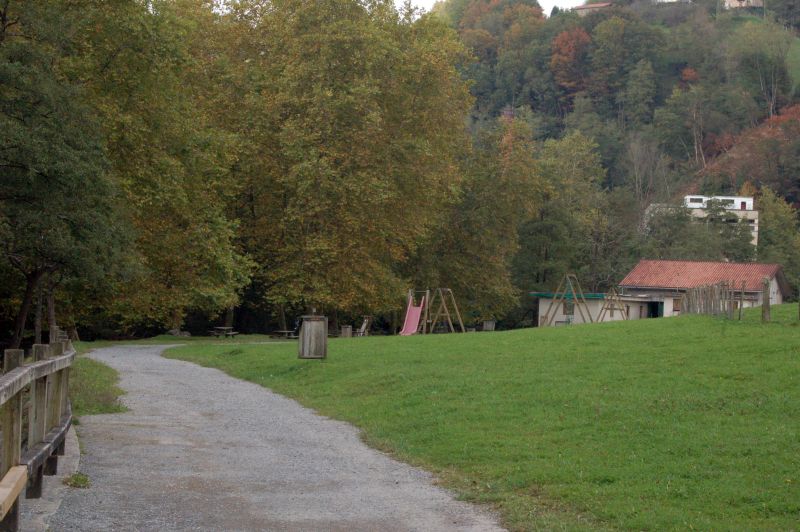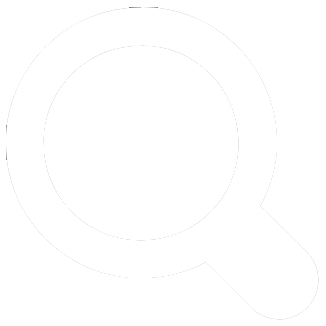
Puntos de Interés

Municipality
Ciutadella/Ciudadela

Located on the western end of the island, Ciutadella is the most populated city on the island and was the capital until the English occupation in 1714.
The strategic location of this island has made it a place of passage for different cultures throughout history, so it is not surprising that the origin of Ciutadella dates back thousands of years. Although there are numerous sites from the Talayotic period in the municipality and near the town centre you can find some such as Naveta de Tudons tomb or the Montefi settlement, it is believed that the city was founded by the Carthaginians, who called it Jamma ("city of the west").
It later passed into Roman hands (Municipium Flavium Iamontanum, Iamo, Iamona), during the Muslim presence it was Medina Minurka (and capital of the island) and finally, following the conquest of the island by Alfonso III, its current name was established (Ciudadela, from the Latin civitatella, a diminutive of civitas, "city").
In the 16th century the city surrendered to a Turkish attack, taking much of the population to Constantinople as slaves, and subsequent reconstruction was interrupted by the arrival of the plague on the island. Later, with the British domination of the island in the 18th century, this town lost its importance, and its capital, in favour of Maó/Mahón. During the Spanish Civil War, the island remained loyal to the Republic until 1939, when the rebel forces took Ciutadella during the Battle of Menorca.
Like the rest of the island, Ciutadella's economy has gone from being based on the primary sector (agriculture and livestock) to the tourist sector. Despite the relevance of the latter, its high seasonality means that the importance of the primary sector continues to be vital for the island's economy.
As for the town's heritage, it is worth mentioning the aforementioned sites of the Montefi settlement and the Naveta de Tudons tomb, one of the best-preserved constructions of its kind and probably one of the most iconic images of Menorca. In the historic centre, Ciutadella Cathedral stands out, which dates back to the 14th century and was built on top of the mosque from the Andalusian period. A series of narrow streets lead off from the cathedral square and it is well worth taking a stroll to enjoy the oldest part of the city.
Es Born square is the heart of the city, where a monolith stands to commemorate the resistance and subsequent fall to the Turkish invasion, as well as the headquarters of Ciutadella's City Hall, the former Governor's palace. This building was constructed over the old fortress and next to the remains of the wall and the Governor's bastion, it stands vigilant over the natural harbour.
The historic centre of Ciutadella is considered an Asset of Cultural Interest, categorised as a Historic Site.
The most important festivities in Ciutadella are those celebrated in honour of San Joan, popular celebrations in which horses and riders take on a special role, riding through the streets of the city while bucking. The Turkish looting of the city is also commemorated on 9th July, which is a more solemn celebration. Finally, on 17th January the Day of the Menorcan people is celebrated in honour of Sant Antoni, the patron saint of the island of Menorca. This celebration of the Menorcan people's identity commemorates their incorporation into the Kingdom of Aragon.


